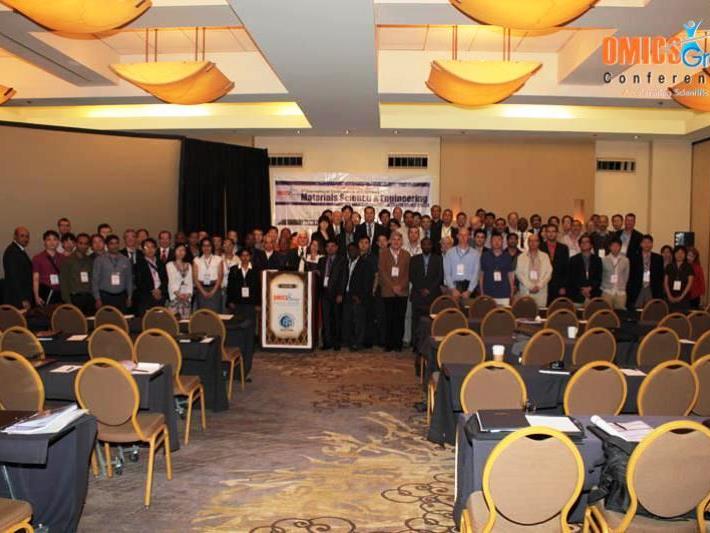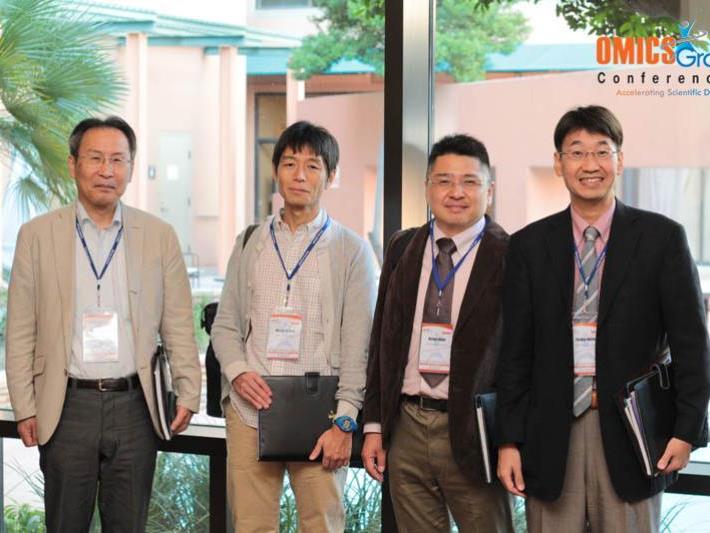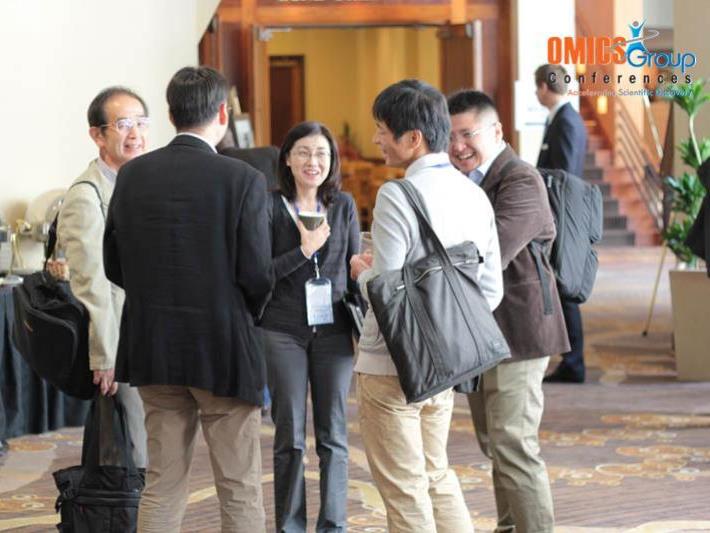3rd Int'l Conference/Exhibition on Materials Science & Engineering





Oct. 5-10, 2014
3rd International Conference and Exhibition on Materials Science & Engineering
San Antonio, USA
K. Kubo
“Structure and physical properties of ferromagnetic crystals with supramolecular cations”
Kazuya Kubo, Hokkaido University, Japan (Invited Talk)
Abstract: A crystal of dithiolene complex with supramoelcular cation, (m-fluoroanilinium+) (dibenzo[18]crown-6)[Ni(dmit)2]- exhibiting ferroelectric transition at 346 K originating from dipole inversion due to flip-flop motion of the aryl moiety in the supramolecular cation have been reported. The supramolecular cations are advantageous for the development of the multifunctional materials based on ferroelectrics by combining with various functional anions. In this study, (3-fluoro-4-methoxyanilinium+)([18]crown-6)[MnIICrIII(oxalate)3]- (1), (anilinium+)(benzo[18]crown)[MnIICrIII(oxalate)3]- (2), and (m-fluoroanilinium+)(dicyclohexano[18]crown-6) [MnIICrIII(oxalate)3]- (3) were synthesized in order to develop multiferroic materials coexisting a ferromagnetism and a ferroelectricity. The crystal 1 had a structure (monoclinic, Cc) with the two-dimensional honeycomb structure of [MnIICrIII(oxalate)3]-. Supramolecular cation was formed between 3-fluoro-4-methoxyanilinium+ and [18] crown-6 through hydrogen bonds. Alternate stackings of the cationic and anionic layers were found along the c axis. Similar packing motives were observed in the crystals 2 and 3 with the space groups of monoclinic, P21 and orthorhombic P212121, respectively. The [MnIICrIII(oxalate)3]- had the two-dimensional honeycomb structures and the supramolecular cations, (anilinium+)(B[18]crown) and (m-fluoroanilinium+)(DCH[18]crown-6) were also formed in the chiral structures. All crystals exhibited ferromagnetic orders between S=5/2 on MnII and S=3/2 CrIII ions. AC magnetic susceptibility measurements revealed the ferromagnetic transition temperature of 5.5 K for all crystals.


